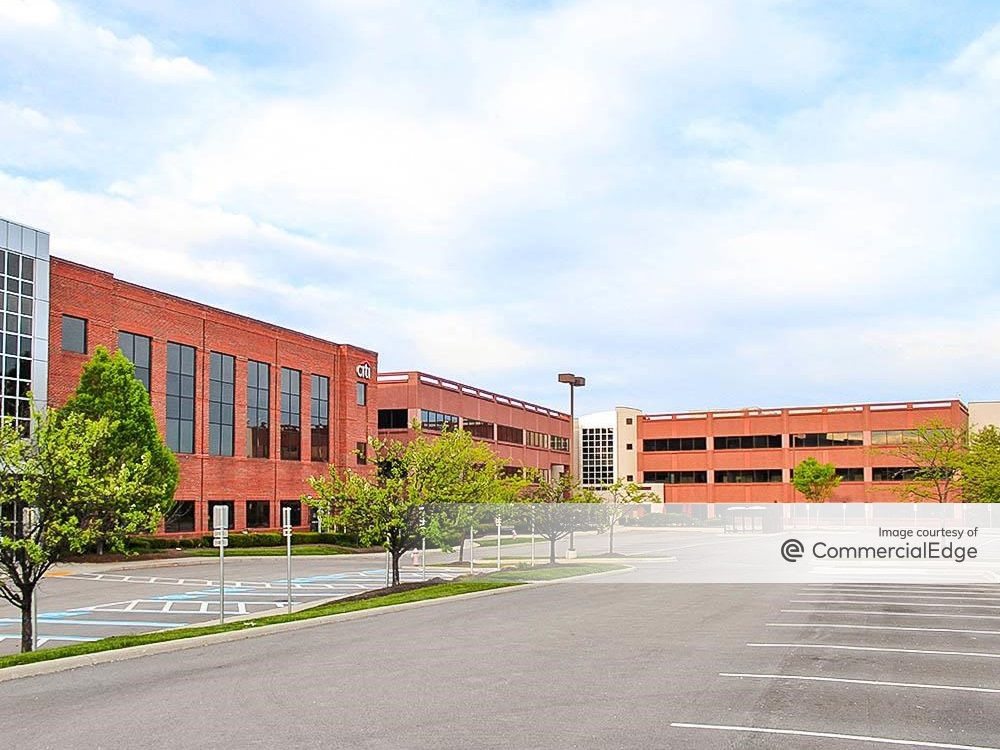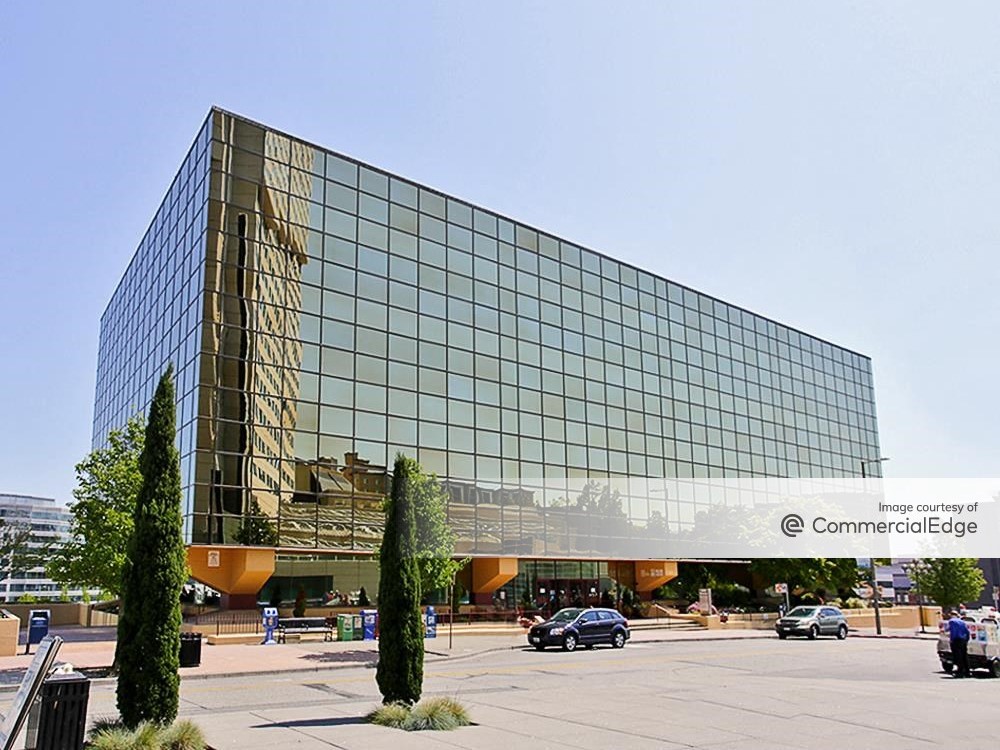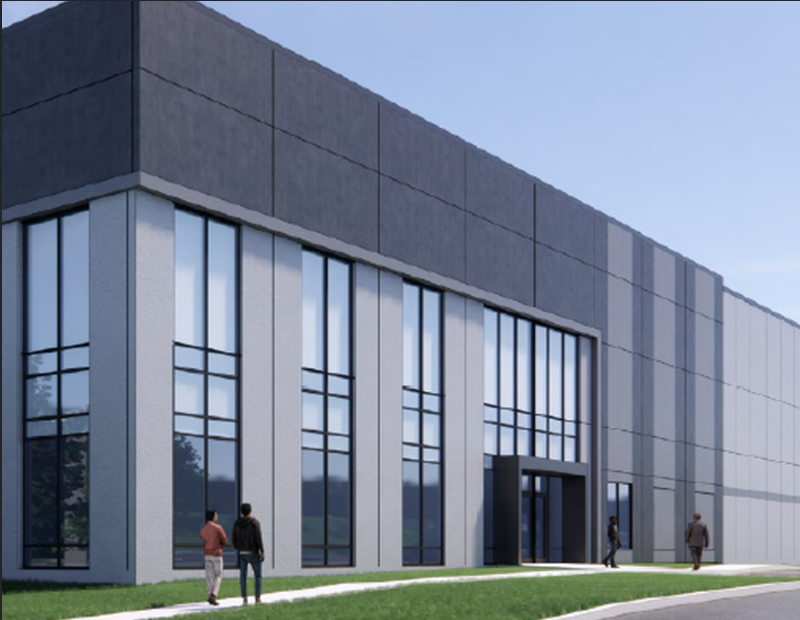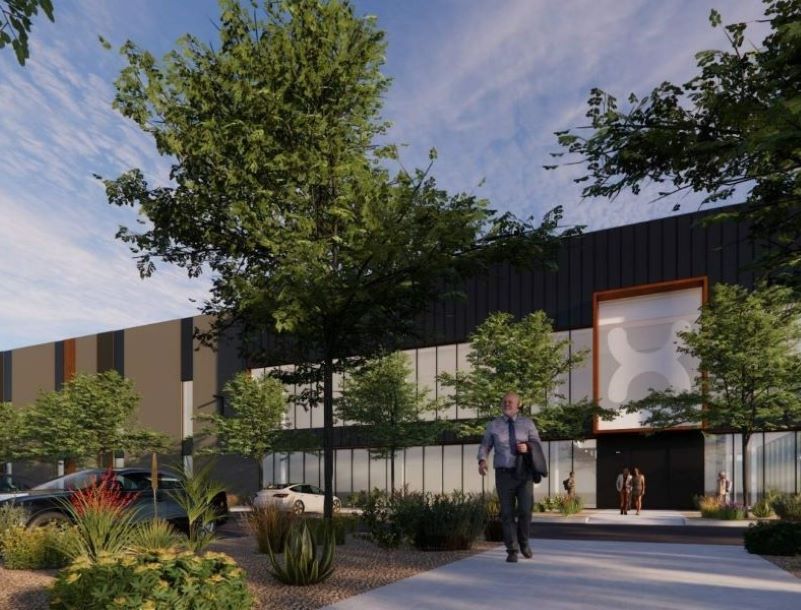Snap Sessions: Dealmaking During COVID-19
Aaron Appel, co-head of Walker & Dunlop’s New York Capital Markets Practice, offers insights into how to navigate today's capital markets.
While real estate investment volume has dropped during the past few months—currently down 30 percent year-over-year, according to Real Capital Analytics Inc.—capital remains eager for opportunity. And there is ample financing for the right deals and sponsors.
“The market is nowhere near as robust as it was, but there is certainly an easing (back into activity) and we expect that to continue,” said Aaron Appel, Co-Head of Walker & Dunlop’s New York Capital Markets Practice, during the recent Snap Session “Dealmaking During COVID-19.”
“We think the marketplace will continue to be open and the population of investors will adjust to investing in an environment like this, picking assets and asset classes that they feel are going to be winners going forward or have a better safety net than other asset classes.”
Topping the winners list, Appel notes, are multifamily and industrial. Multifamily has seen almost no movement in cap rates due to robust lending by Fannie and Freddie, and interest from insurance companies and some investment banks, as well. For this asset class, Appel has seen interest rates of 2.5 to 3 percent for long-term, fixed-rate loans and LTVs between 60 and 80 percent.
Liquidity is also readily available for industrial transactions around the country, particularly Class A and newer-built properties suited for 21st century logistics. Cap rates for those assets, he said, have been stagnant or further compressed.
Office deals in “select locations” are also being financed by insurance companies, pension funds and commercial banks. Hotels and retail remain significantly challenged, but certain submarkets and assets continue to outperform. “If you can isolate those assets, they will still garner some level of liquidity today,” he said.
There is relative illiquidity in construction financing, but Appel thinks this could be a great time to pre-build multifamily for the next upcycle. Also problematic are commercial retenanting opportunities in infill urban locations and hotel transactions in destinations for business/convention travel. “Where there is a lack of certainty or direction, that is going to create levels of illiquidity,” Appel said.
The New Environment
While Fannie and Freddie have not really changed loan covenants and are also willing to provide capital responses or “cashing out” of deals, other lenders are looking to be compensated for increased risk and lower yields. Insurance company and commercial bank LTVs have fallen from between 60 and 70 percent down to 50 to 60 percent, and credit spreads have “gapped out” a bit.
One emerging source of capital that may be willing to take on increased risk, such as in construction, is the distressed debt investor. This higher-yielding group of capital providers has raised a tremendous amount for opportunities that have not yet emerged. “We think that money is going to have to go into other places, and we think it will get pushed into the development space,” said Appel.
Appel’s advice for lenders is to determine the direction of an asset and a market. What are the rents? What is the collections history? What is the tax forecast? What is happening in the comparable set for those assets? “There is just tremendous uncertainty,” he said.
His advice for borrowers is not to be focused on distressed buys. “Try to buy in the best locations. Don’t over-lever in a period like today. Be passive but aggressive, because the opportunities will come and they will pass you by quicker than you realize.”
Sponsored By:










You must be logged in to post a comment.